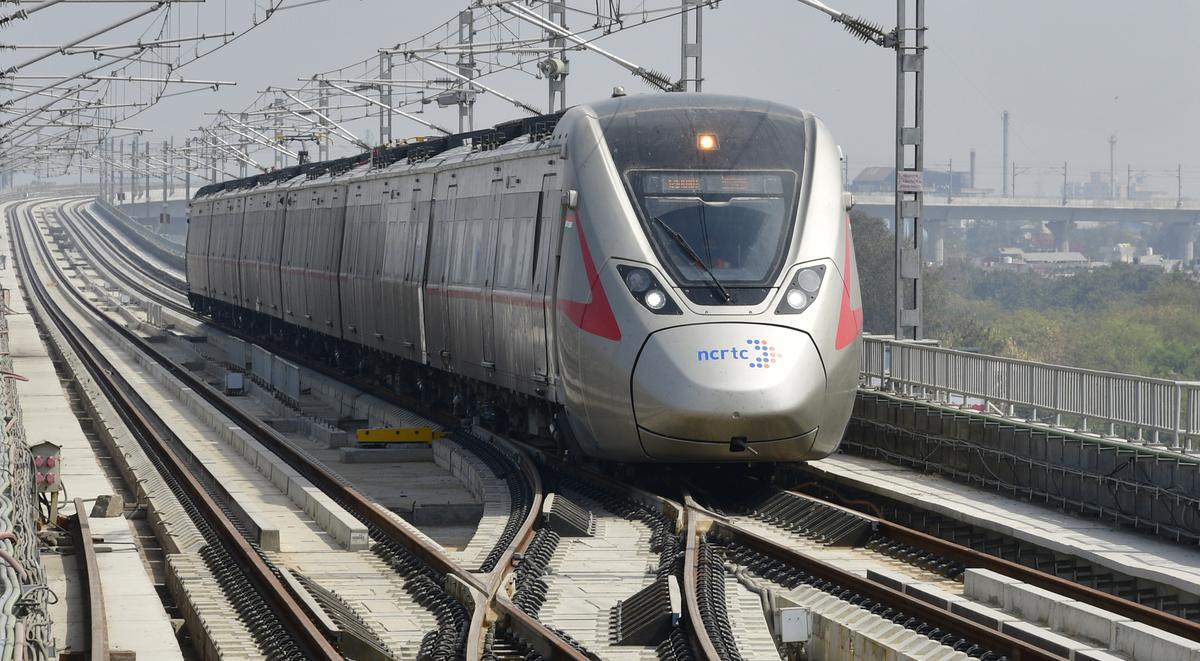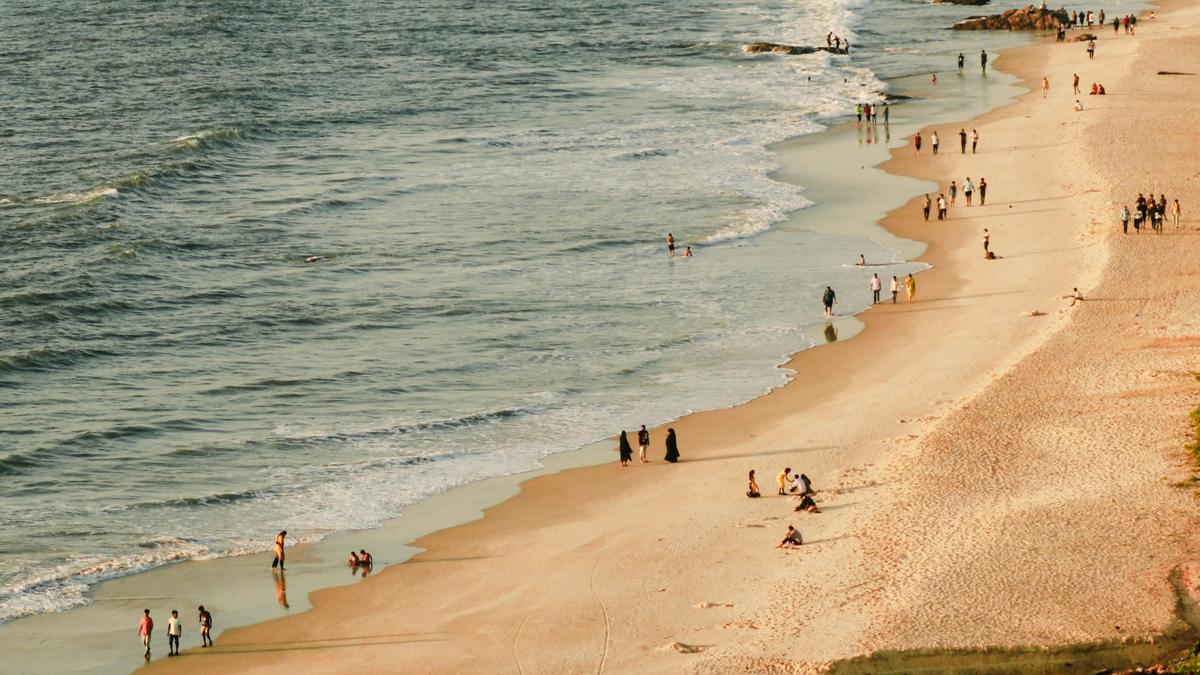- Courses
- GS Full Course 1 Year
- GS Full Course 2 Year
- GS Full Course 3 Year
- GS Full Course Till Selection
- Online Program
- GS Recorded Course
- NCERT (Recorded 500+ Hours)
- Polity Recorded Course
- Geography Recorded Course
- Economy Recorded Course
- AMAC Recorded Course
- Modern India, Post Independence & World History
- Environment Recoded Course
- Governance Recoded Course
- Science & Tech. Recoded Course
- International Relations and Internal Security Recorded Course
- Disaster Management Module Course
- Ethics Recoded Course
- Essay Recoded Course
- Current Affairs Recoded Course
- CSAT
- 5 LAYERED ARJUNA Mentorship
- Public Administration Optional
- ABOUT US
- OUR TOPPERS
- TEST SERIES
- FREE STUDY MATERIAL
- VIDEOS
- CONTACT US
India-Germany Strategic Partnership: Silver Jubilee
India-Germany Strategic Partnership: Silver Jubilee
28-05-2025

- India and Germany are celebrating 25 years of their strategic partnership in 2025.
- The partnership has steadily grown and is prepared to face global challenges today.
- Germany’s ‘Focus on India’ strategy outlines a clear vision for the future of bilateral ties.
- The German Coalition Treaty and discussions between German Chancellor Friedrich Merz and PM Narendra Modi, and between Foreign Ministers Johann Wadephul and S. Jaishankar, emphasises continuing and strengthening cooperation.
Four Pillars of the Partnership
- The partnership rests on four main pillars:
- Peace
- Prosperity
- People
- Future of our planet (environment)
Peace and Stability
- Peace and stability are essential for the development of both India and Germany.
- Both countries share a vision of a peaceful, stable, rules-based international order.
- The Intergovernmental Government Consultations (IGGC) is a unique, regular dialogue platform strengthening bilateral ties.
- Defence cooperation has grown in recent years, including joint military exercises.
- For example, the Tarang Shakti Exercise (2024) at Sulur Air Force Station in Tamil Nadu involved skilled teamwork of Indian and German pilots.
- The German Navy’s port calls in India underline the importance of the Indo-Pacific region in Germany’s strategy.
- Future plans include closer strategic defence cooperation and stronger links between defence industries of both countries.
Prosperity and Economic Cooperation
- Prosperity means economic growth, meaningful jobs, and better living standards.
- Approximately 2,000 German companies operate in India, providing over 750,000 jobs to Indians.
- The Delhi-Meerut Rapid Rail project is a notable cooperation example, run by Deutsche Bahn, Germany’s national railway.
- Indian companies are expanding in Germany, integrating into advanced supply chains.
- Despite global trade disruptions, these supply chains reflect deep trust between India and Germany.
- Negotiations on a Free Trade Agreement (FTA) between India and the European Union, including Germany, are progressing.
- Science and technology collaboration is strong, with Indian researchers working in leading German institutions.
- Technological cooperation helps convert environmental challenges into business opportunities.
People-to-People Relations
- People are the living bridge of this partnership, sharing experiences and cultures.
- More than 50,000 Indian students study in Germany, the largest foreign student group there.
- Many Indian students work temporarily in Germany and return to India with skills and savings.
- Some Indians settle permanently in Germany, raising families and enriching cultural ties.
- Young Indians actively share their lives in Germany through social media.
- Indians adapt well and contribute positively to German society and economy.
- Learning the German language improves opportunities for Indians in Germany.
- Interest in learning German is growing in India, requiring more trained teachers.
- More Germans should study, work, and live in India to better understand its culture and languages.
- Investing in young generations of both countries will strengthen this partnership in the coming 25 years.
Green Development and Environmental Cooperation
- Environmental partnership is a crucial part of the strategic ties.
- In 2022, Germany committed €10 billion (euros) in loans and grants to India over 10 years.
- This initiative is called the Indo-German Green and Sustainable Development Partnership (GSDP).
- Cooperation includes renewable energy, biodiversity protection, and smart city projects.
- Private sector collaborations are also active in green technology.
- In Gujarat, large renewable energy projects feature solar panels and windmills.
- Some wind turbine rotor blades are manufactured by a German company, showing technology sharing.
- Germany aims to support India’s energy transition and growing economy through technology.
Ambassador’s Perspective and Conclusion
- The German Ambassador to India served in India from 2007 to 2010 and returned in 2022.
- He has witnessed India’s impressive development and growth
- The India-Germany strategic partnership has similarly matured and strengthened over 25 years.
- The Ambassador expresses pride in past achievements and optimism for future cooperation.
India-Germany Relations: 2024
- 50th anniversary of the Inter-Governmental Agreement on Cooperation in Scientific Research and Technological Development.
- During the 7th Inter-Governmental Consultations (IGC), the India-Germany Innovation and Technology Partnership Roadmap was launched focusing on:
- Renewable Energy
- Artificial Intelligence (AI)
- Quantum Technologies
- Space Exploration
Significance of India-Germany Partnership
Trade and Investment
- Germany is India’s largest trading partner in Europe.
- Bilateral trade in 2023 reached USD 33.33 billion.
- Germany is the 9th largest FDI source in India with a cumulative FDI of USD 14.5 billion (April 2000 – Dec 2023).
- Germany benefits from India’s large consumer market, skilled labor, and digital adoption.
Climate and Sustainability
- Under the Green and Sustainable Development Partnership (2022), Germany committed €10 billion for solar, agro-ecology projects.
- Germany participates in India-led initiatives such as:
- Coalition for Disaster Resilience Infrastructure (CDRI)
- International Solar Alliance (ISA)
Technology and Innovation
- Indo-German Science and Technology Centre (IGSTC) supports 49 priority projects.
- Includes initiatives like Women in Science and Engineering Research (WISER).
Defense and Security
- 2006 Defence Cooperation Agreement includes Joint Working Groups on:
- Counter-Terrorism
- Cybersecurity
- Defense collaboration
- Germany is interested in Project 75I (Indian Navy conventional submarines).
- Joint military exercises: MILAN, PASSEX, TARANG SHAKTI-1.
Geopolitical and Strategic Context
- Germany seeks to diversify trade partners (China+1 strategy) due to EU-China tensions.
- In June 2024, the EU imposed tariffs of up to 38.1% on Chinese EVs for unfair trade.
Challenges in Bilateral Relations
- Trade Barriers:
- Indian firms face non-tariff barriers in Europe (e.g., Carbon Border Adjustment Mechanism - CBAM).
- German investments in India (~€25 billion in 2022) lag behind China (~5x higher), hindered by bureaucratic and tax complexities.
- Strategic/Geopolitical Differences:
- India’s neutral stance on Russia-Ukraine contrasts with Germany’s strong opposition.
- Germany’s economic ties with China limit support for India’s position on China (unlike USA and Japan in QUAD).
- Human Rights Issues:
- German criticism of India’s internal policies (Kashmir, press freedom) causes diplomatic friction.
- German criticism of India’s internal policies (Kashmir, press freedom) causes diplomatic friction.
Way Forward
- Early conclusion of India-EU Free Trade Agreement (FTA) to boost trade and compete with China’s dominant EU trade.
- Enhanced Indo-Pacific Engagement:
- Increased German naval presence and joint exercises.
- Infrastructure investments as planned in 7th IGC.
- Clean Technology and Sustainability:
- Collaboration on electric mobility, green hydrogen, renewable energy via Green and Sustainable Development Partnership.
- Supply Chain Resilience:
- Diversify semiconductor, automobile parts, pharmaceutical production away from China.
- Joint efforts to strengthen India’s ‘Make in India’ initiative.


